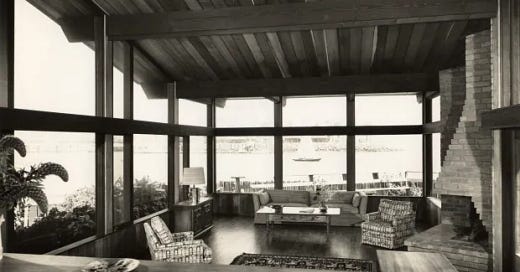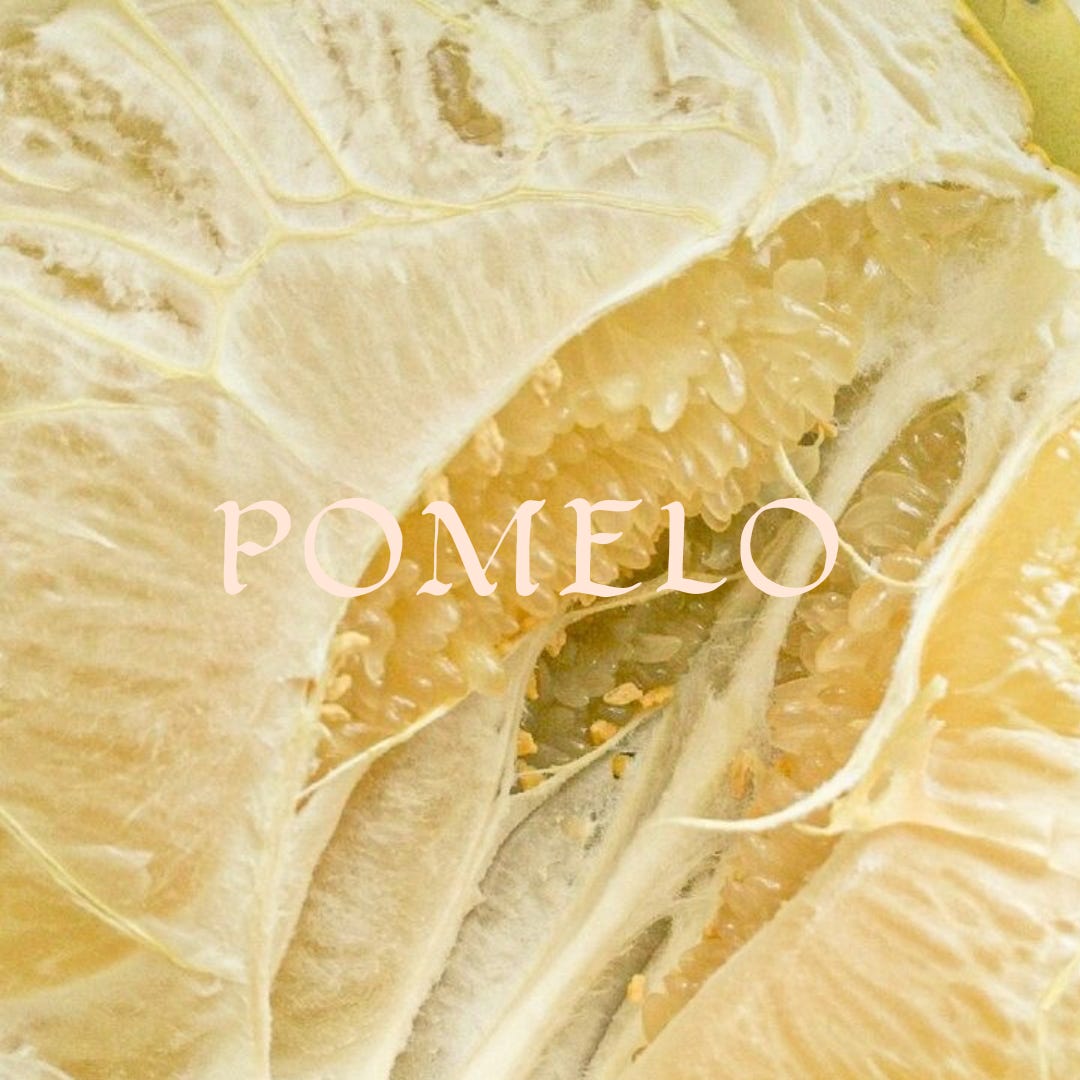Sim Bruce Richards, Pomelo + Birthing Children
Southern California Mid-Century Modern Architecture, Lunar New Year + The Motherload
Natural Beauty_Sim Bruce Richards

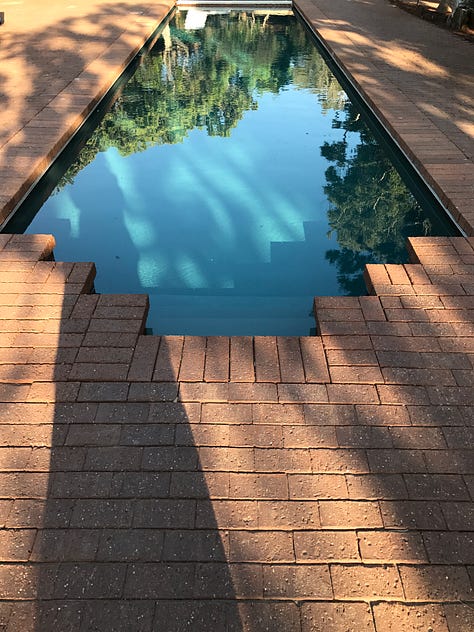
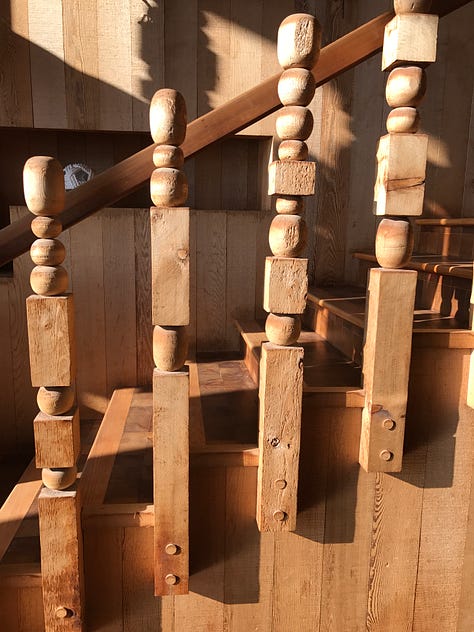
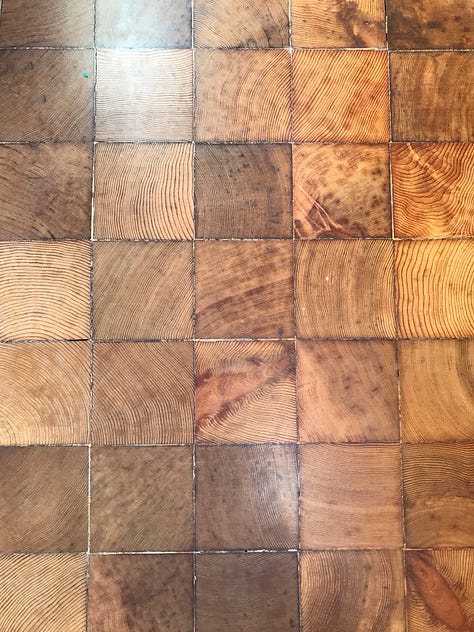
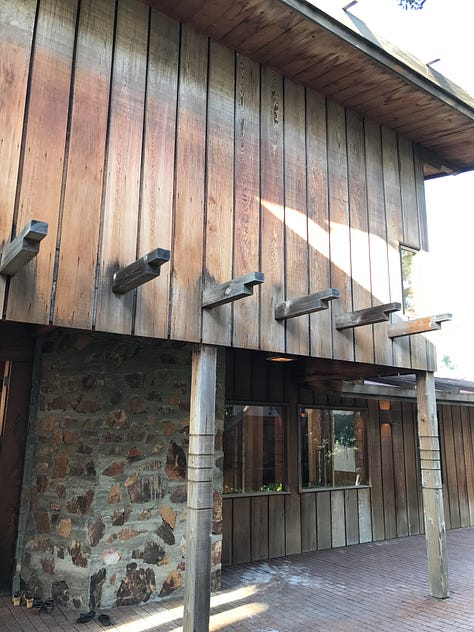
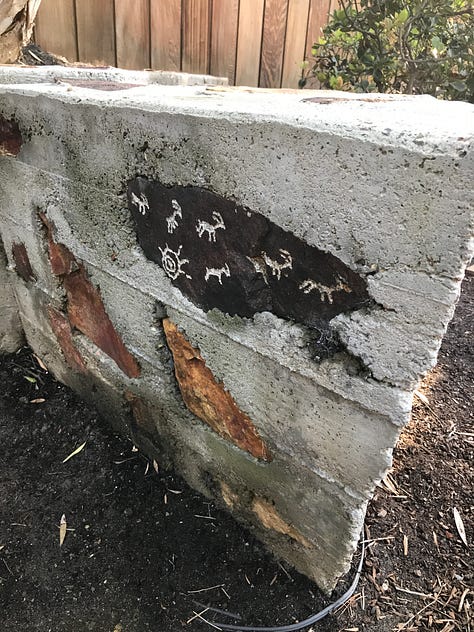
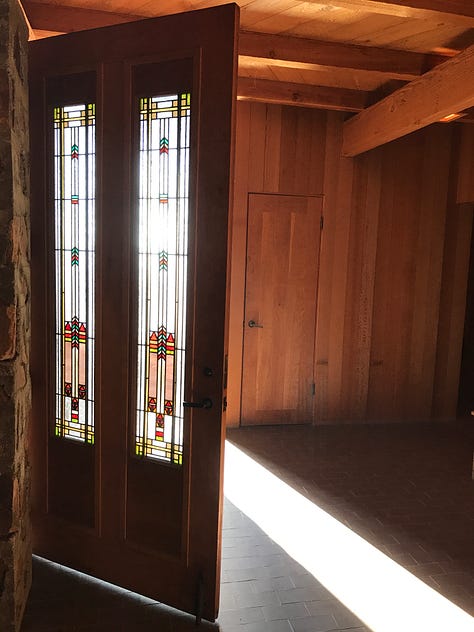
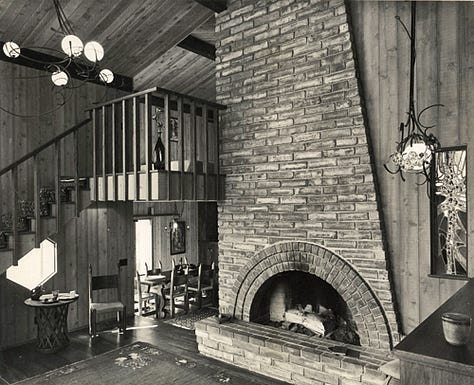
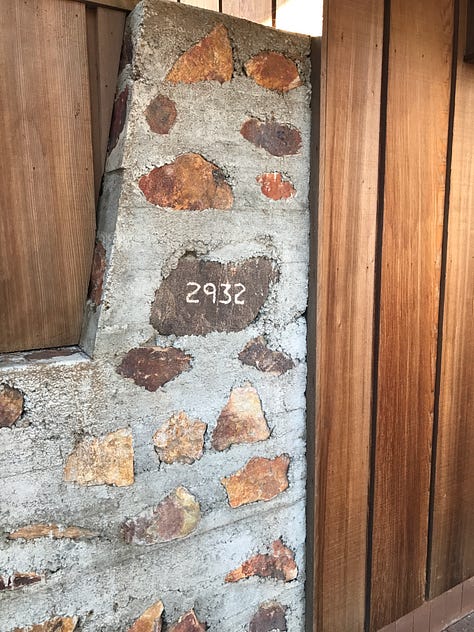
I admittedly was very concerned about architecture when I heard about the Los Angeles fires. At the beginning of the news cycle people were focused on evacuation, but what about the homes? What about the mid-century marvels that combined philosophy about a home’s best and highest use with history and art?
When I moved back home to San Diego in 2014, after ten years of living in a style and culture bubble in New York City, the only job that made sense was to work in real estate. Without hesitation, I chose to work at Sotheby’s International Realty in the most historic San Diego coastal community—Point Loma. I got to see so many mind-blowing mid-century modern homes in person.
Mid-century modern architecture is not just a Southern California phenomenon, but a lot of the really good shit is in Southern California, so much in Los Angeles, and also in San Diego. The reason for that is really two things. 1. The weather is so good and designers have so much to work with in terms of the coastline and the flora. 2. A lot of the post-war architecture talent studied at the University of Southern California and UC Berkeley. They wanted to stay local.
Many know of Frank Lloyd Wright. Some know that he had a school called Taliesin in Wisconsin. One of his students went on to live and build in San Diego. His name was Sim Bruce Richards. Sim Bruce Richards was special not just because he studied under Wright, he was special because he was the only mid-century architect with Native American ancestry. His homes had fireplace design and stain glass techniques that you would see in Frank Lloyd Wright home but there was also other elements that made them very much a Sim Bruce Richards home. The first and most obvious was his use of wood. He used wood in ways that were dominant. All of the details were made from wood. There were wooden staircases and wooden ceilings, with wooden floors and wooden kitchens. There were also spiritual details. In a home in North County by the beach, you would find hieroglyphic like drawings of horses. There is almost a spiritual experience in the homes of Sim Bruce Richards.
There is a book that was published semi-recently called The Sensuous Environment of Sim Bruce Richards by Keith York. I learned of Keith York through his website ages ago called Modern San Diego. He’s been documenting mid-century modern structures in San Diego for decades now, and was most serious about Sim Bruce Richards. York now lives in the home of Richards’s late widow in Point Loma with his wife who runs the Mingei museum, another iconic design gem of San Diego. I love how York labels Richards’s work as sensuous.
Cooking_Pomelo
The first thing that I think of when I think of a pomelo is Lunar New Year. It’s the gift you give. Unlike a crisp dollar bill in a red envelope, the sweetness, the roundness, the softness of a beautiful citrus seems like a great way to be generous.
So what do you do when you receive this beautiful gift? You display it in a way you would with a sculpture or very minimal vase. The very sight of it makes you feel good and calm and comforted. You can also eat it like an orange, in just peeled segments. You stop to smell the peel.
I also suggest using it in a salad, preparing the pomelo in a similar way to how grapefruit can be cut into suprèmes. Thai restaurants typically often offer a pomelo salad, paired with chopped peanuts, lime juice, red onion and cilantro. Pomelo is also a great addition to other fruits like watermelon and avocado, and neutral tasting vegetables like cucumber and jicama.
Indigenous Wisdom_Birthing Children
I waited. I waited until I had an education and experienced the joys of a professional career to marry and conceive. Like the Western societal constructs that many of us follow, I wanted to do the right thing. But was it the best thing?
I’ve been thinking about this lately for a variety of reasons, primarily because of a book that an old friend recently published. The Motherload by Sarah Hoover has reminded me of my very far from natural birthing experiences, both with Vasco and then again with Hina. I’m not particularly fond or proud of either experience. Both took place in San Diego at two different hospitals, with two different doctors and both were equally traumatic.
I joke that my Lola who birthed eight children in the Philippines must have squatted for her last one, breathing freely while the baby came out effortlessly. I’ve used her experiences to justify why pregnancy and motherhood should be a natural feeling for me. In many ways, I was wrong. Although I lean into indigenous aesthetics and design ideas of sensuality and tactile touch, I have a very active mind and like living a life of experiences and ideas. It’s taken me years to reconcile my very specific expectations of natural living with the reality of birthing and raising children in America.
Although I did go the very traditional Western medicine way for the birth experience, some of my favorite natural experiences happened after giving birth. It was eating Chicken Tinola with Malunngay leaves to help expedite my breast milk production. It was my dancer/ doctor friend sending me broths and locally made grain-rich meals made for new mothers. The two and a half years after Vasco was born, I was open to learning from my previous breastfeeding mistakes and had an optimal breast feeding experiences with Hina. I also allowed myself to stop when I felt ready.
Birthing children is really such a personal journey. We don’t have control of when and if it happens. There are so many myths around birthing practices and so much literature out there about what not to do as a mother, that it’s been refreshing to read Sarah’s first hand account of how f*cked up motherhood can really be. It’s also important to acknowledge that therapy and healing are essential to any milestone decision, especially marriage and children.


